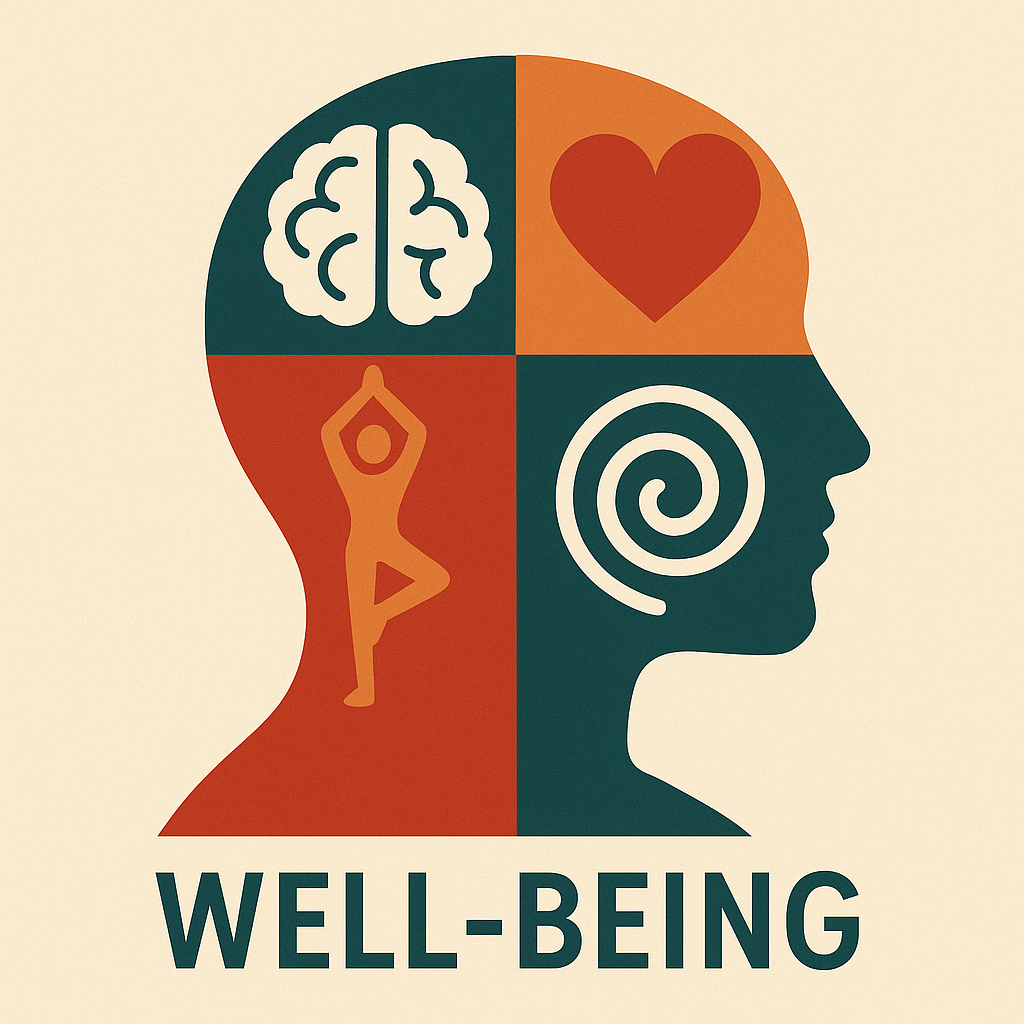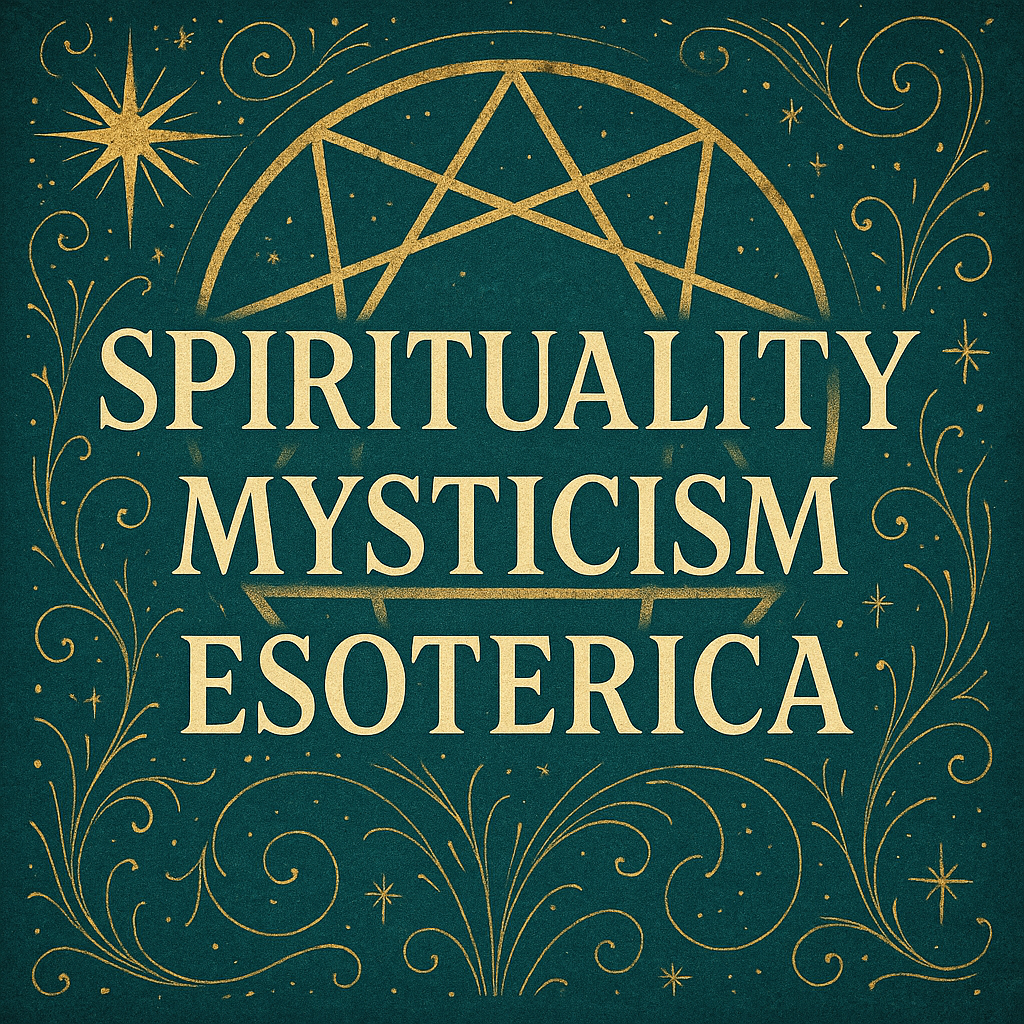For most of my life, I thought of breathing the way most people do—as background noise. Inhale, exhale, repeat. Automatic. Unremarkable.
But somewhere along my journey—on the edges of therapy, inner work, and spiritual practice—I stumbled into something deeper: breathwork not as a function, but as a tool. A key. A portal.
Ironically, I didn’t find breathwork by seeking healing or mindfulness. I found it while writing fiction.
I was working on a novel that explored “non-ordinary states of consciousness,” and in my research, I came across the work of psychiatrist Stanislav Grof. At first, I was drawn in by his pioneering work with psychedelics. But as I dug deeper, I discovered his development of Holotropic Breathwork—a method that used deep, rhythmic breathing to induce altered states of consciousness without any substances.
Out of curiosity more than anything else, I tried it. I didn’t expect much.
What I found was something beyond what I’d imagined. In that first session, I touched something deeper than my thoughts. It wasn’t just relaxation—it was an opening. A remembrance. Insights arrived. And much more. That one experience cracked something open in me. And I’ve kept breathing ever since.
It turns out, people across cultures and millennia have been doing the same.
Across cultures and millennia, the breath has never been seen as mere physiology—it’s been revered as a bridge to something deeper, even divine.
In the yogic traditions of India, pranayama is more than breathing exercises—it’s the regulation of prana, the life force that animates all living things. Ancient texts like the Hatha Yoga Pradipika and the Yoga Sutras of Patanjali outline specific breath practices not just for health, but for awakening spiritual insight. Breath was understood as the vehicle for quieting the mind and preparing the body for deeper states of meditation and union (samadhi). It wasn’t just technique; it was sacred.
In the Sufi tradition, breath (nafas) plays a central role in the practice of remembrance (dhikr), helping the seeker cultivate a continuous awareness of the Divine. Sufis spoke of “the polished heart,” and used breath—sometimes in conjunction with chant, movement, or poetry—as a way to dissolve the ego and experience divine love directly. For Sufi mystics, every breath was a moment of grace, a thread between the temporal and the eternal.
In indigenous shamanic cultures across the Americas and beyond, breath was integral to ritual and healing. Shamans used rhythmic breathing to enter trance states, allowing them to “journey” into non-ordinary reality for guidance, soul retrieval, or communing with ancestors and spirit beings. Breath was both tool and teacher—an ally in the liminal space between worlds. In Amazonian traditions, breath sometimes accompanied the use of entheogens like ayahuasca, but it was also practiced on its own—rhythmically, intentionally—as a way to alter perception and open the inner vision.
These were not isolated cases. In Taoist alchemy, breath was the key to circulating energy through the body’s meridians. In Tibetan Buddhism, Tummo breathing was said to generate inner heat and awaken subtle energies. In Hebrew, the word ruach means both “breath” and “spirit.” In Greek, pneuma carried the same dual meaning. Even in Christianity, the Holy Spirit is described as the “breath” of God.
There’s something ancient and universal about it: breath as the link between body and soul, matter and mystery.
Today, we’re rediscovering what the ancients always knew: the breath is a door.
Grof’s Holotropic Breathwork is one modern expression. Wim Hof’s method—combining breath retention, cold exposure, and mindset—has brought breathwork into gyms and neuroscience labs. Whether you’re aiming for healing, performance, or spiritual awakening, there’s a version of breathwork waiting for you.
What strikes me most is how accessible it is. You don’t need a guru or a retreat. Just lungs, a safe container, and some guidance.
It can be a five-minute daily ritual—four counts in, seven counts hold, eight counts out—to calm the nervous system and re-center. Or it can be a deep-dive journey that cracks open grief, rage, or revelation. I’ve done both. I’ve cried through breathwork. I’ve laughed unexpectedly. I’ve found clarity where my thinking mind had only loops and fog.
Breath isn’t just biological. It’s archetypal. It’s the first thing we do when we’re born and the last when we die. Every inhale says “I want to live.” Every exhale says “I’m letting go.”
In fact, that’s one tip to keep in mind when doing breathwork. Inhalation quickens the heartbeat. Exhalation slows it down. The cadence of breath—longer or shorter inhales or exhales—can be used to calm or quicken the heart, which is why most breathwork practices prescribe even counts for inhales and exhales—though long exhales are great when nerves need to be calmed.
In a world that’s too loud, too fast, and too disconnected from the body, breathwork is a quiet rebellion. A return to presence. A way to meet yourself with nothing but breath and courage.
So whether you’re a seeker, a skeptic, a stressed-out parent, or just someone writing a novel who stumbles into something unexpected—breathe in. Breathe out.
The mystery is waiting.
For a deeper dive into breathwork, check out my GoodReads shelf.



